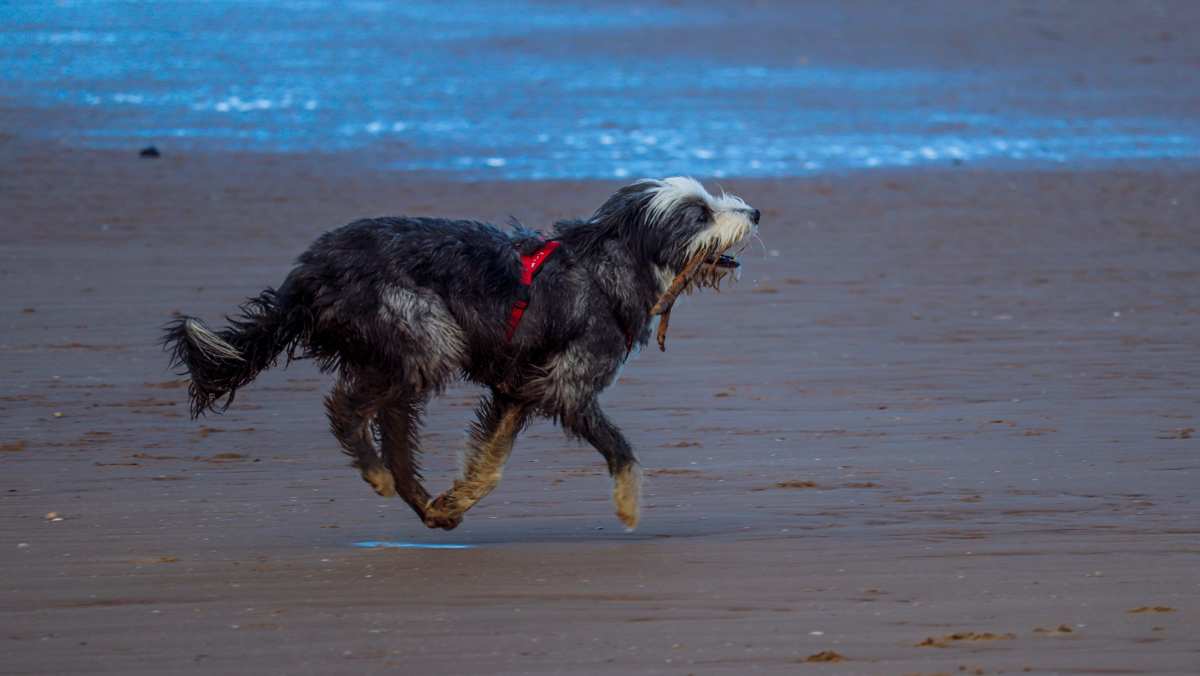Griffon Nivernais Breed Details
The Griffon Nivernais is a superior hunting breed. These dogs are very friendly, too, but they tend to not be good with children, are frequent barkers, and are best for hunters or at least people with very active lifestyles. Griffon Nivernais puppies are hard to find and may be expensive to adopt and maintain. This breed is not for first-time dog owners, and even if you are experienced with dogs, this breed may be difficult.
PROS
- Very friendly
- Few health problems
- Excellent hunting dog
- Cute in a scraggly way
- Astounding sense of smell
- Great for very active people
- Works and plays well with other dogs
CONS
- Very rare
- Barks a lot
- Looks like a mutt
- Not hypoallergenic
- Not good with kids
- Exceedingly expensive
- Not good for apartment living
- Needs a great amount of exercise
- Prone to chasing non-canine animals
